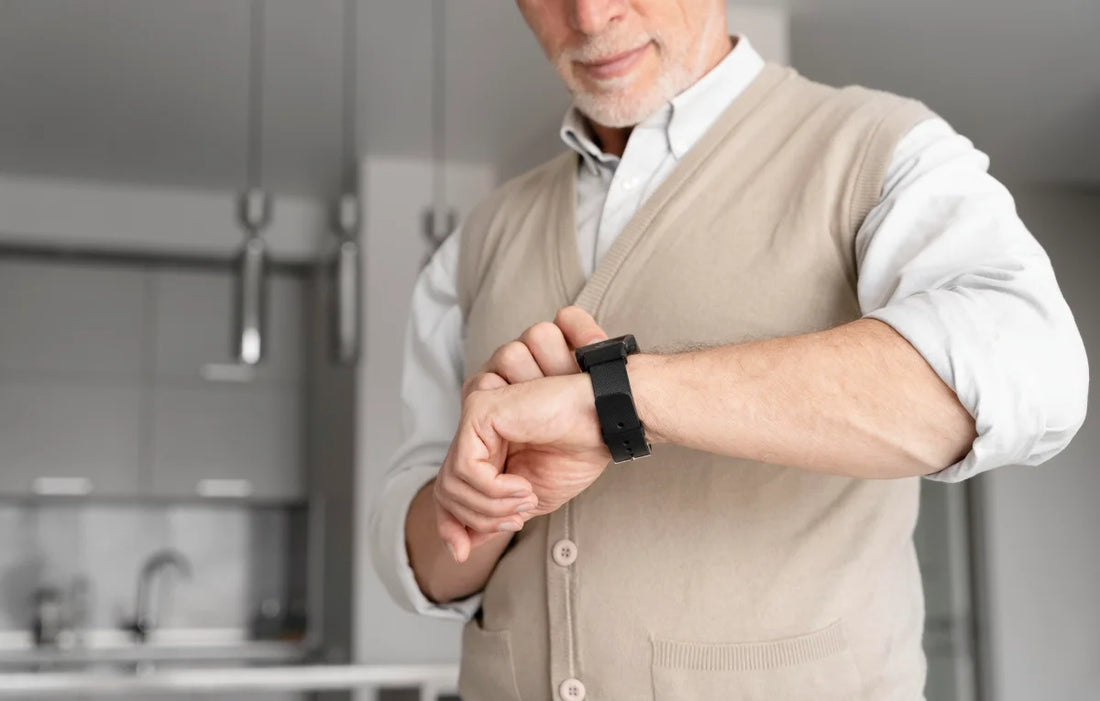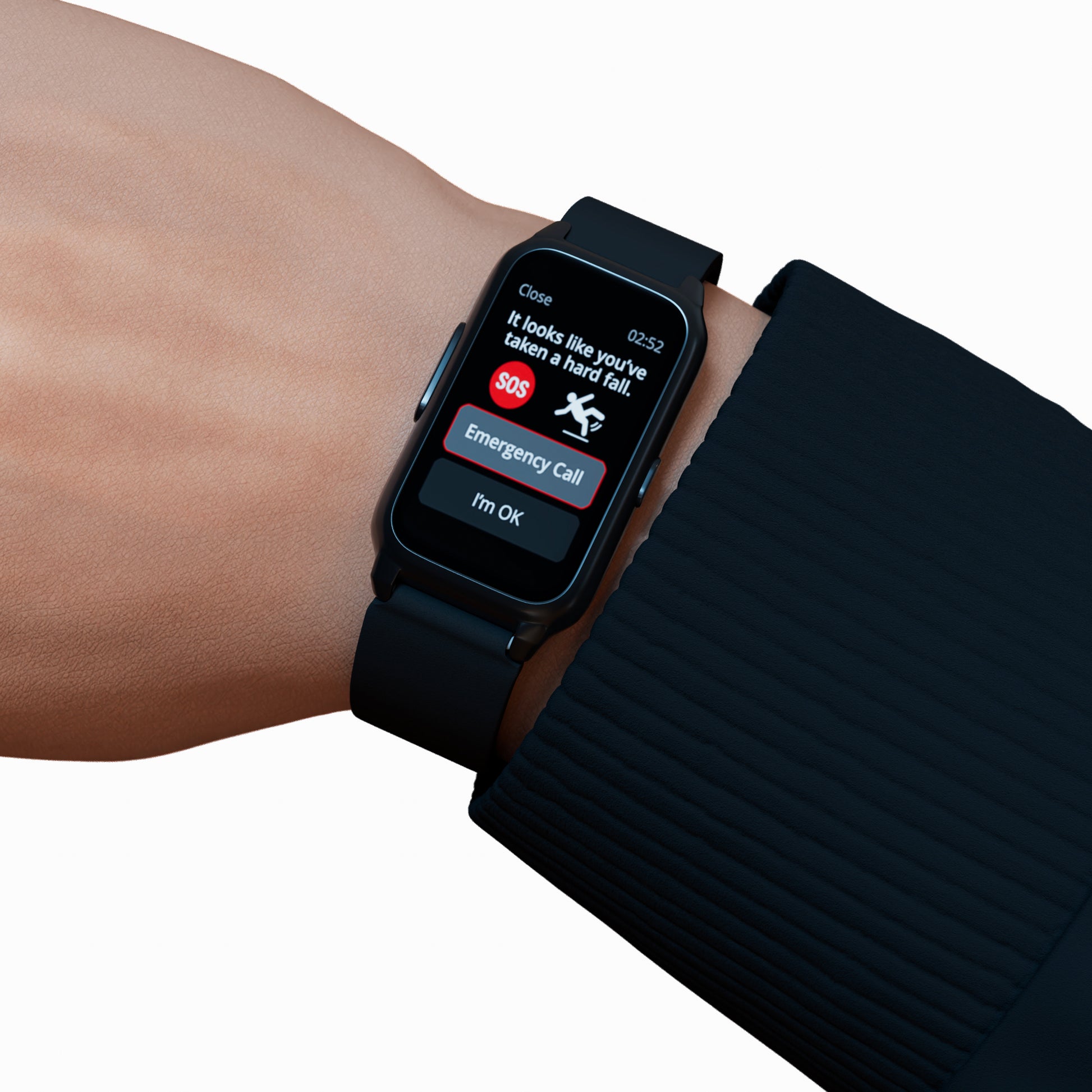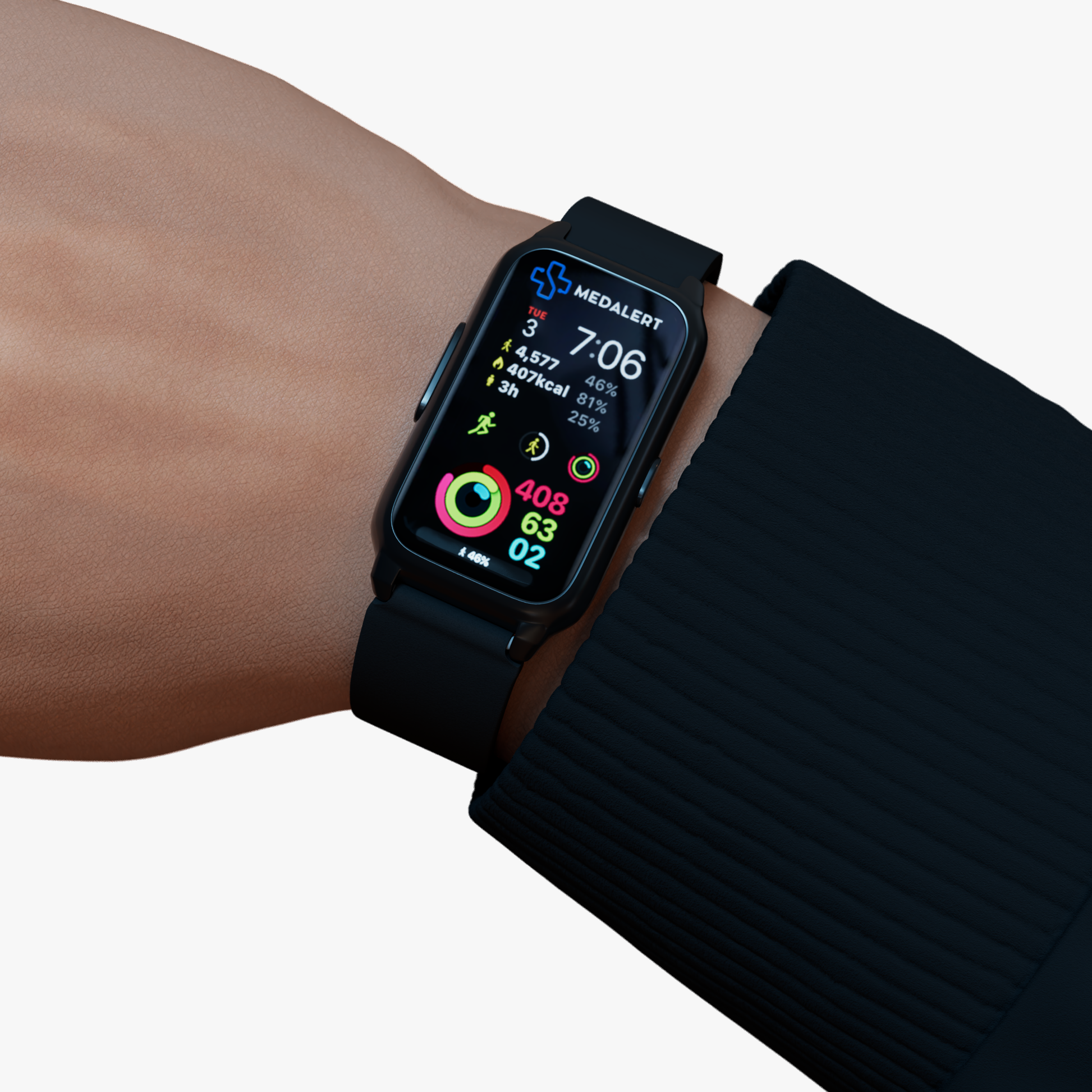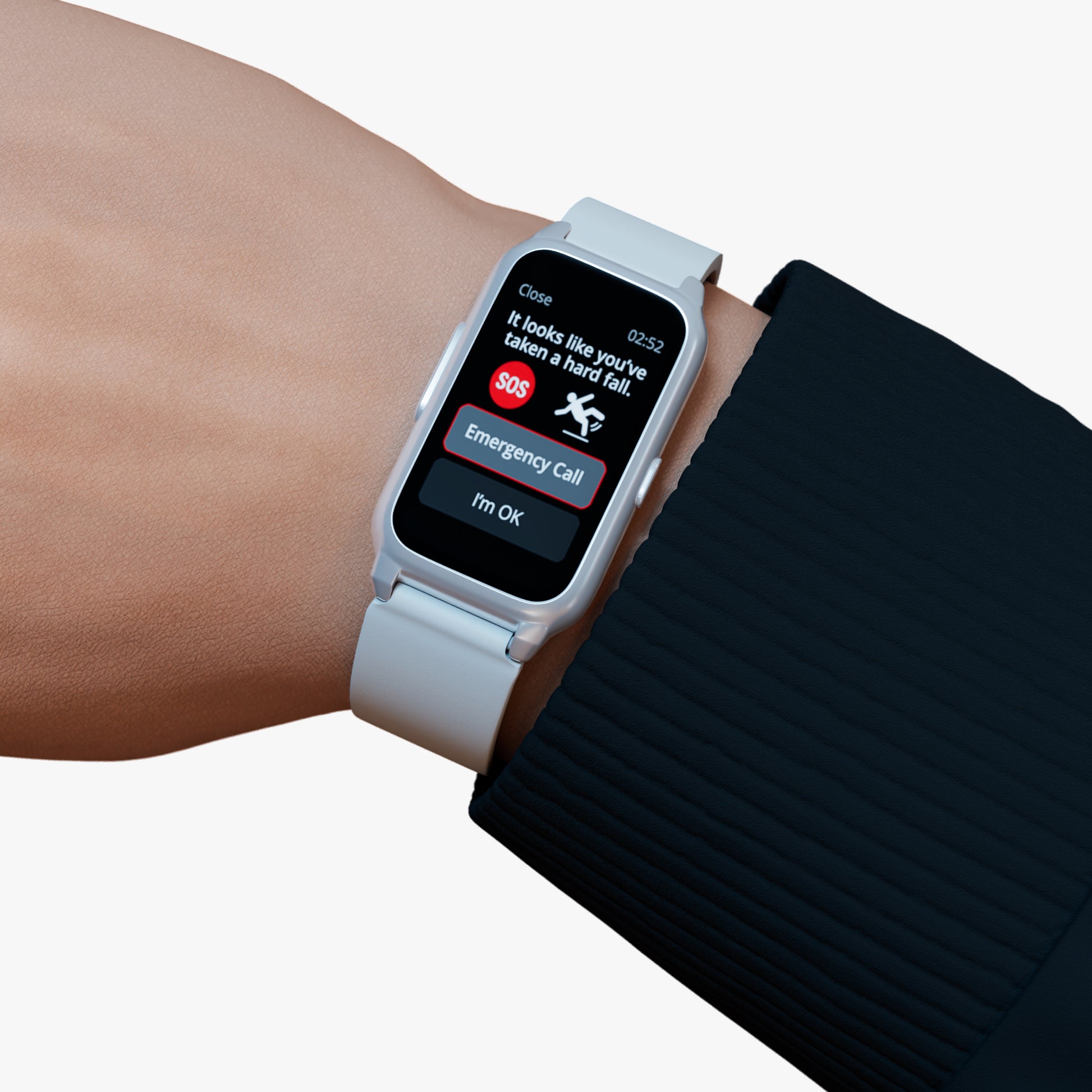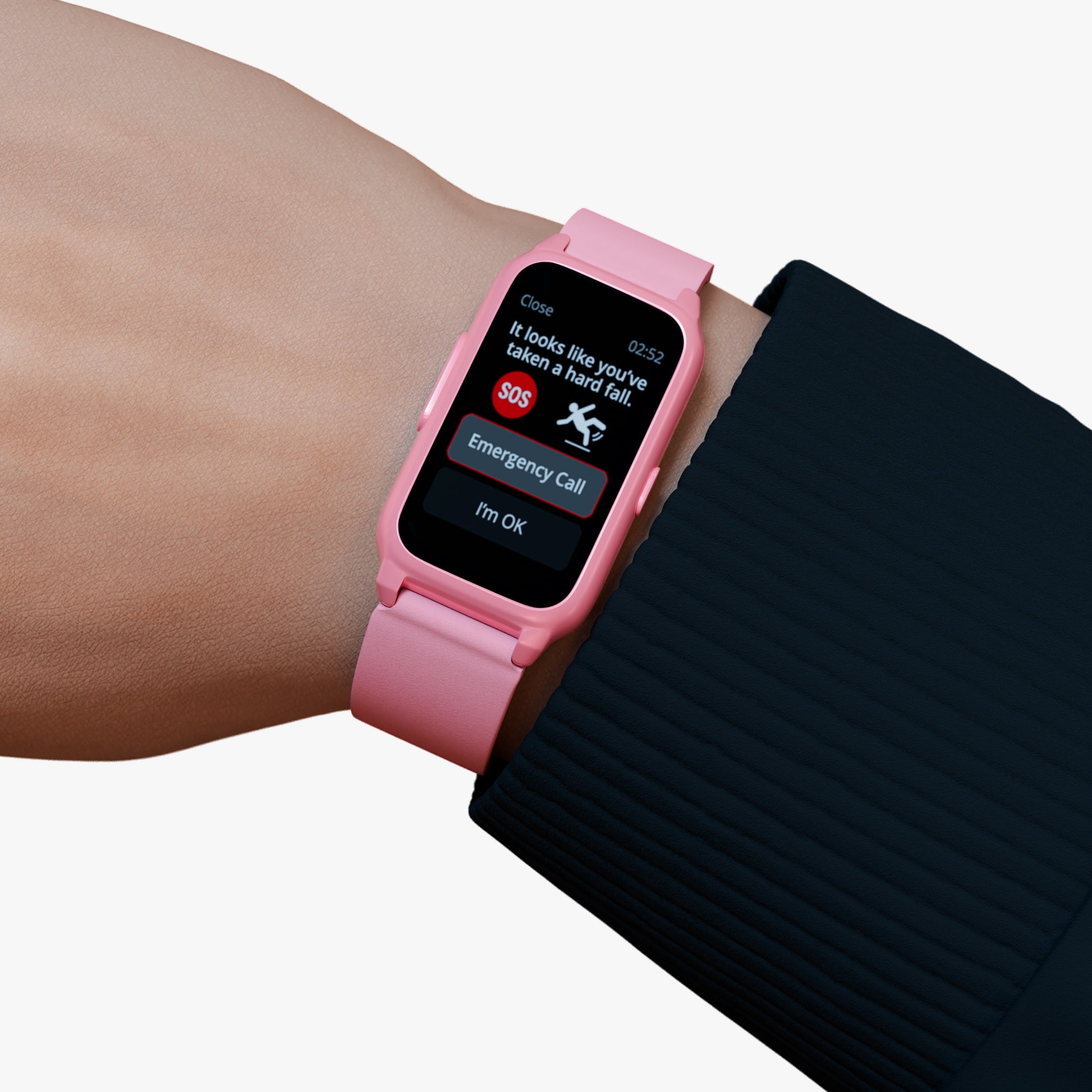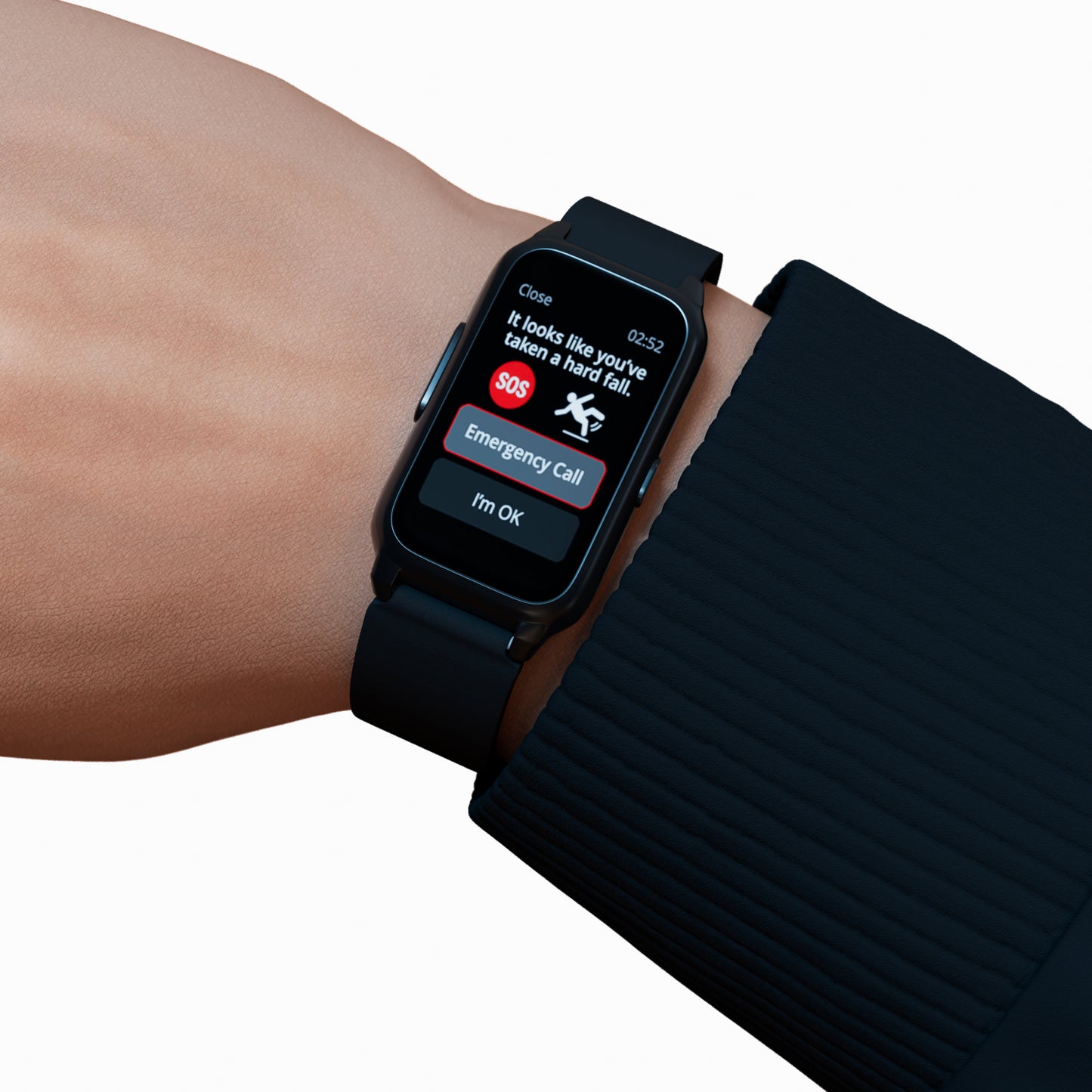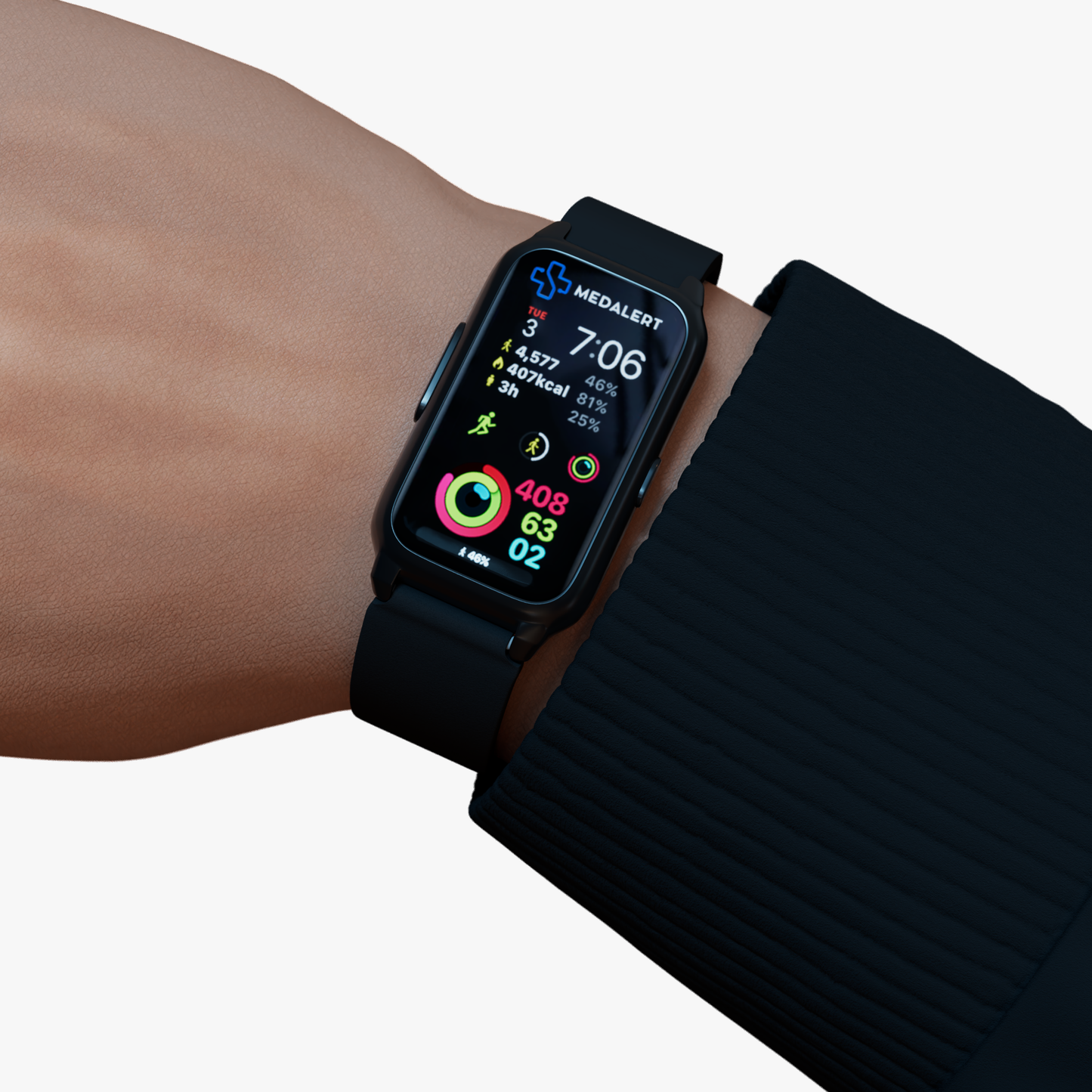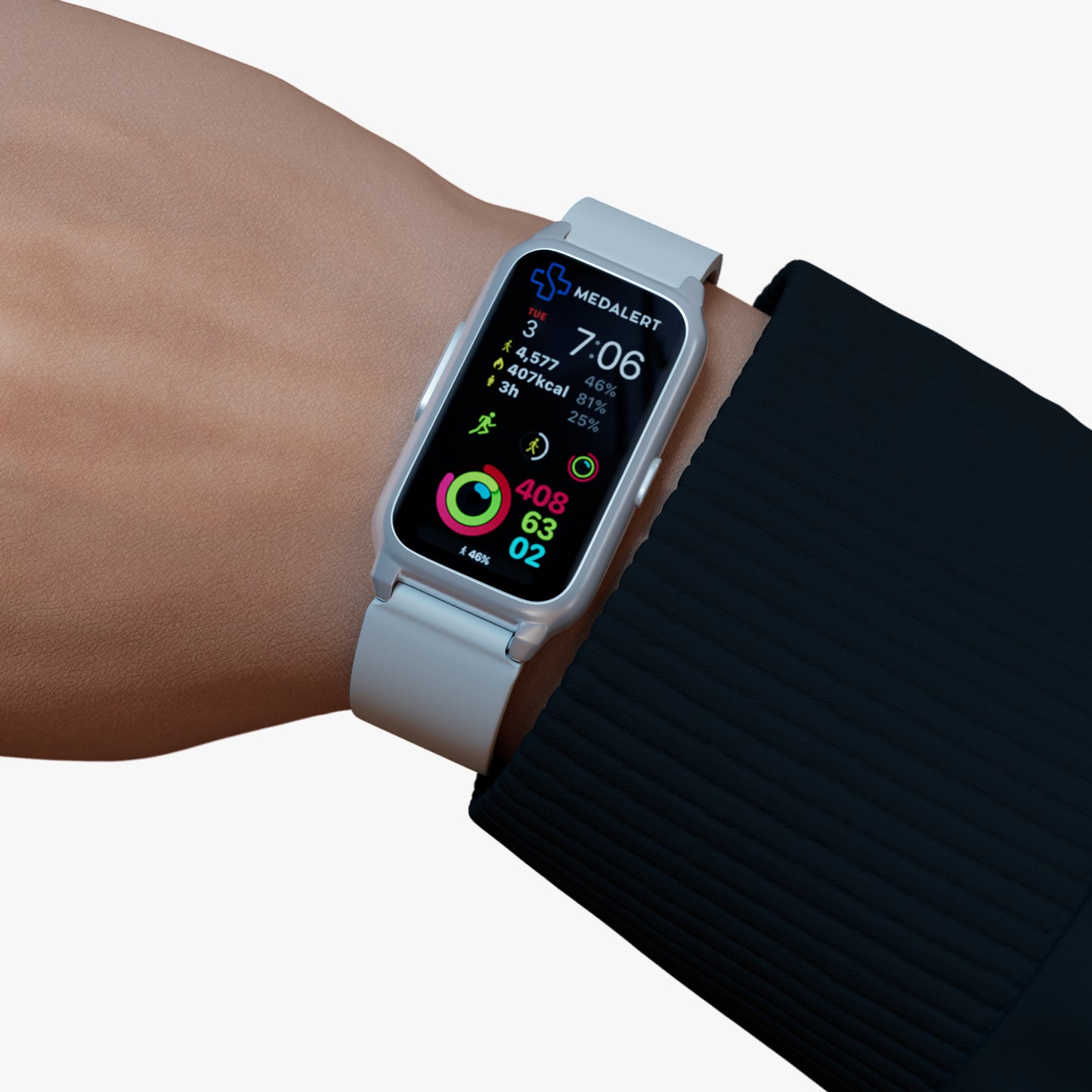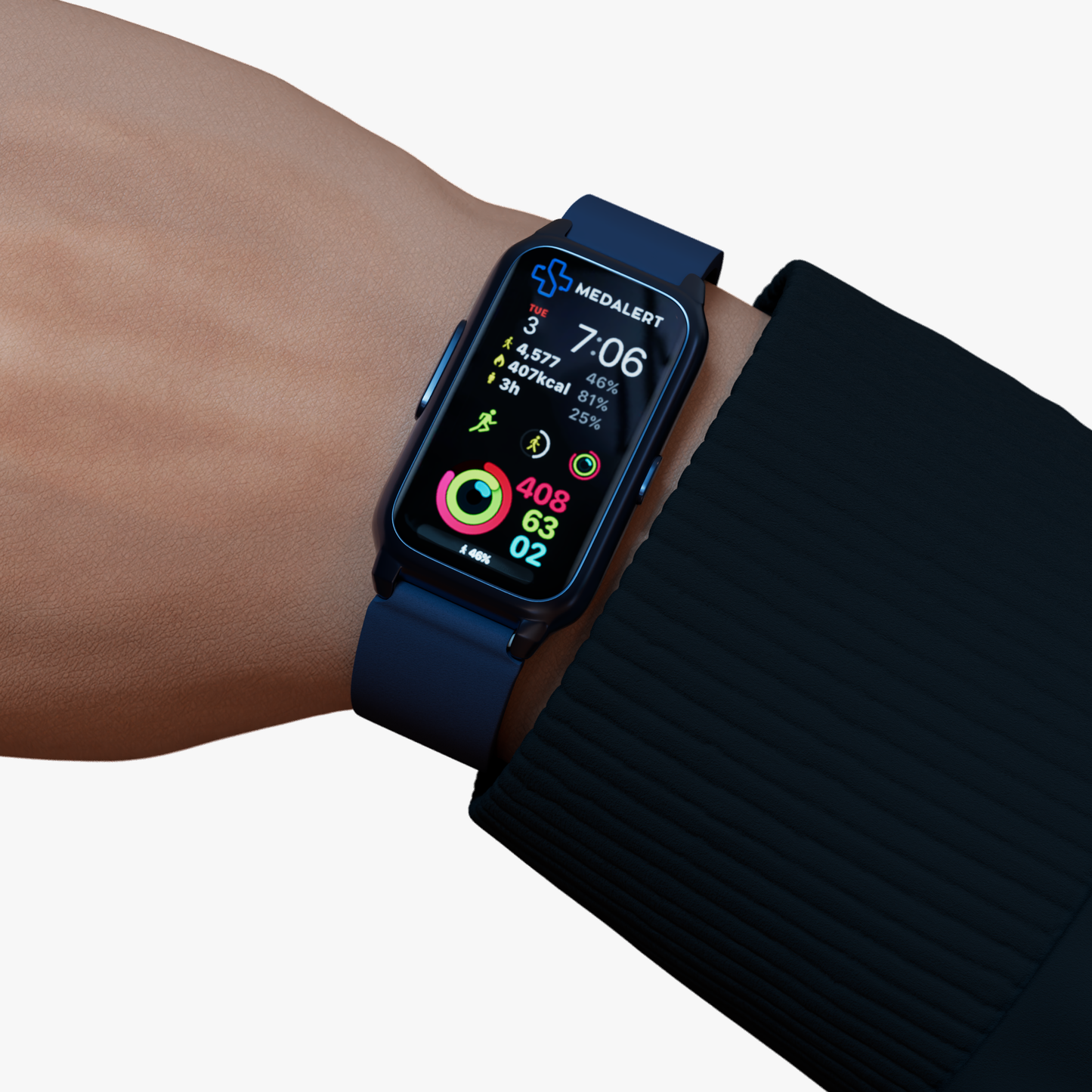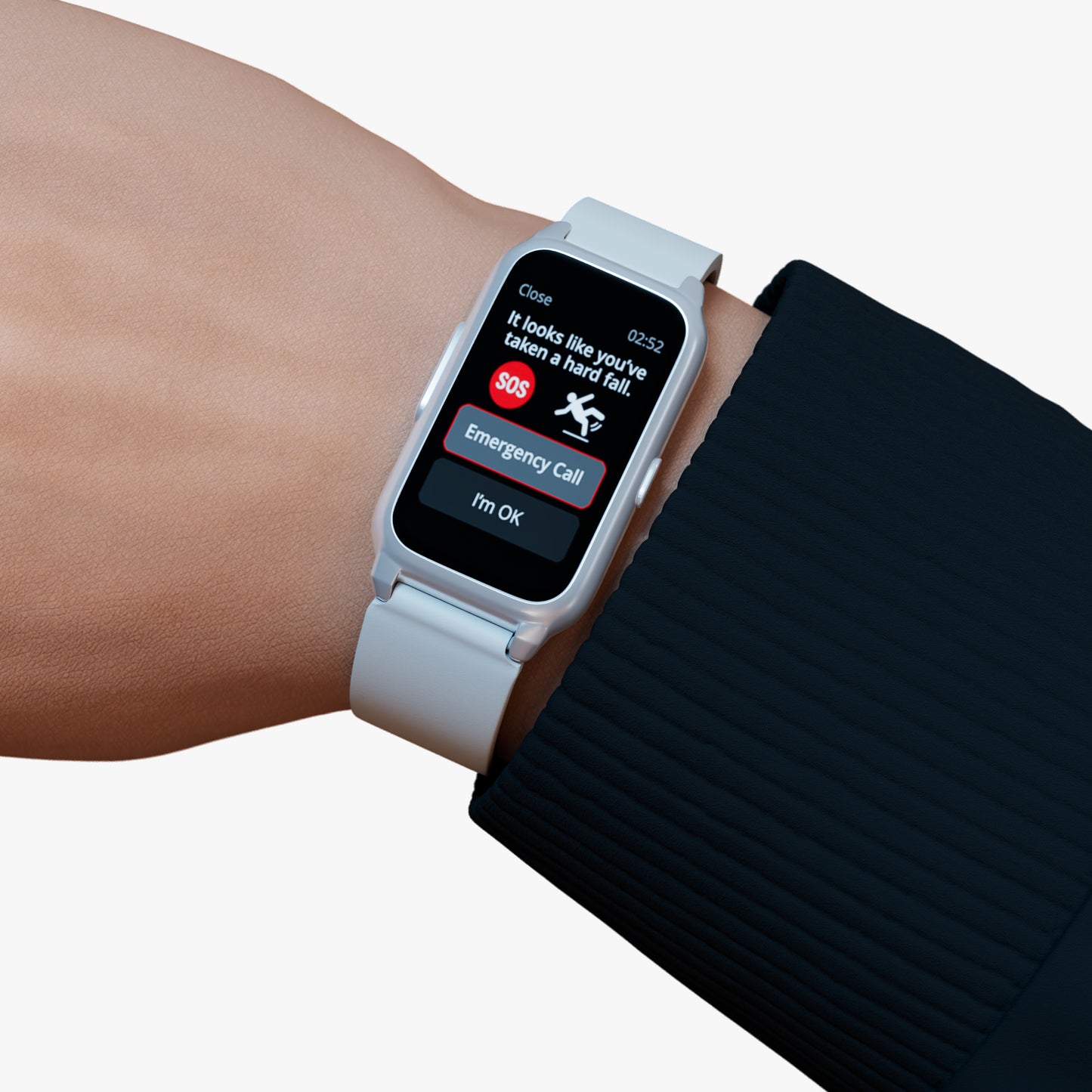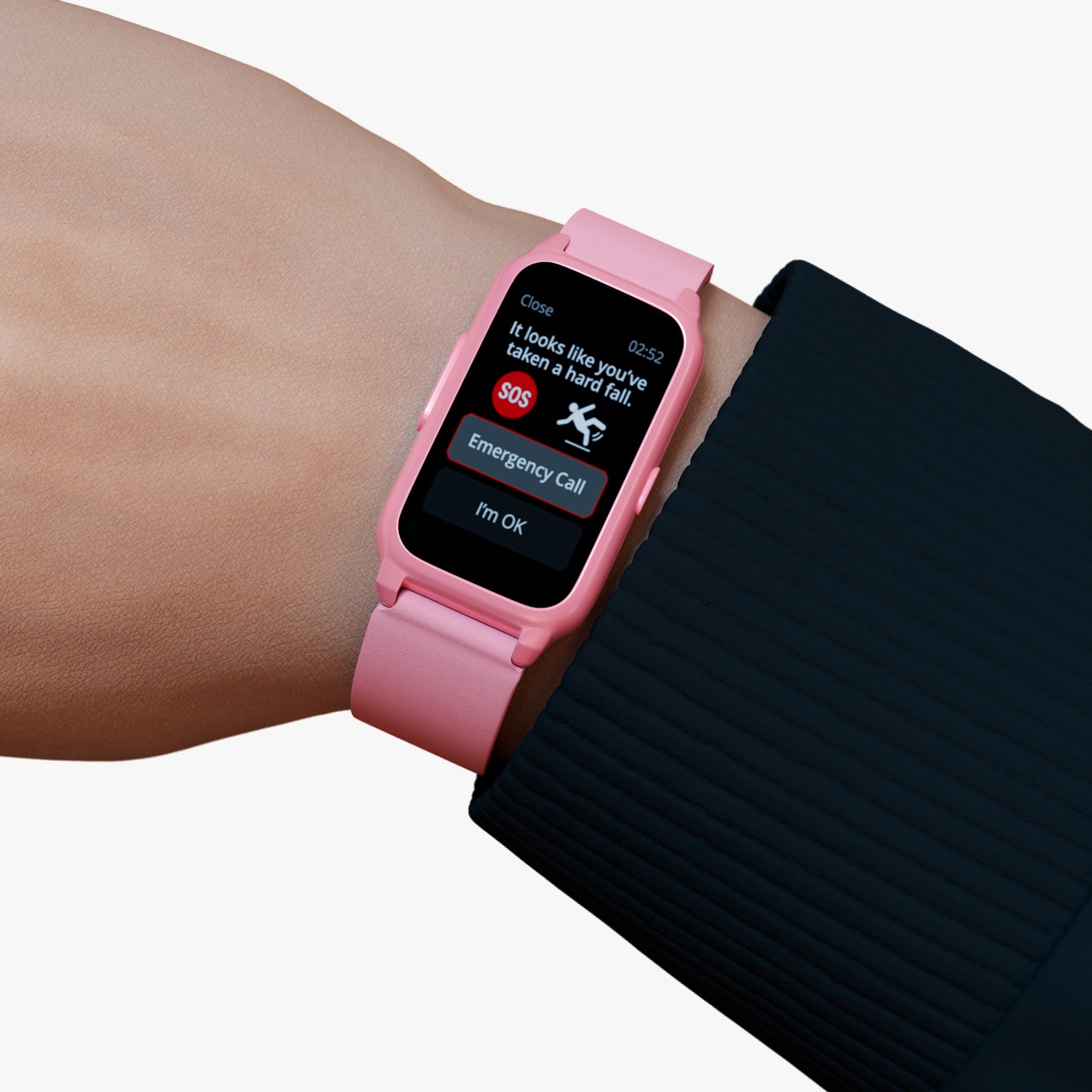For seniors and individuals with health concerns, having a reliable medical alert watches can provide peace of mind, safety, and security. Two of the most popular options are medical alert watches and traditional medical alert pendants. Both serve the same core purpose—ensuring that help is accessible in the event of an emergency—but they come with different features, designs, and functionalities. Choosing the right device depends on the individual’s lifestyle, preferences, and specific needs.
In this comparison, we will explore the key differences between medical alert watches and traditional pendants, helping you decide which option is best suited for you or your loved ones.
1. Design and Wearability
Medical Alert Watches:
Medical alert watches are designed to resemble standard wristwatches, offering a more discreet and stylish option. These watches blend seamlessly into everyday wear and are often favored by those who prefer a more modern look. For seniors concerned about the stigma sometimes associated with traditional medical alert devices, the watch can be an appealing choice.
- Comfort: Watches are worn on the wrist, which might be more comfortable for individuals who don’t like wearing items around their neck.
- Discreet Appearance: Because they resemble regular smartwatches, medical alert watches don’t draw attention to the wearer’s medical needs.
Traditional Medical Alert Pendants:
Medical alert pendants, on the other hand, are typically worn around the neck. These pendants are designed for easy access and visibility in the case of an emergency. They often feature a large button that can be pressed to call for help.
- Visibility: The pendant is more noticeable, which may be important in emergency situations where the individual is unconscious or unable to communicate. Responders can quickly identify the device and provide assistance.
- Comfort Considerations: Some seniors may not like the feel of wearing a pendant around their neck, particularly if they’re sensitive to items worn close to the skin.
2. Functionality and Features
Medical Alert Watches:
Medical alert watches go beyond the basic emergency button. They often come with advanced features that are useful for individuals looking for more than just emergency assistance.
- Multi-Functionality: Many medical alert watches have features such as heart rate monitors, step counters, GPS tracking, and medication reminders. These features can support health management and daily living.
- GPS Tracking: Watches often include GPS, allowing caregivers or family members to locate the wearer if they become lost or disoriented—particularly helpful for individuals with dementia or Alzheimer’s disease.
- Smartwatch Features: Some models include basic smartwatch features like texting or even making phone calls, allowing the device to double as a communication tool.
Traditional Medical Alert Pendants:
Traditional pendants are focused primarily on providing emergency assistance in a straightforward, easy-to-use manner. They often have fewer additional features, but their simplicity makes them accessible to users who are not tech-savvy.
- Simple Functionality: With a single large button for emergency calls, pendants are easy to use, especially for individuals who may have difficulty navigating more complex devices.
- Waterproof Design: Many pendants are waterproof and can be worn in the shower, where falls are common. This feature makes them a good choice for seniors who may need extra safety in wet environments.
- Limited Additional Features: Pendants generally don’t include extras like health tracking or GPS, focusing solely on emergency alerts.
3. Ease of Use
Medical Alert Watches:
While medical alert watches provide more features, they may also require a bit more technical knowledge to operate. Setting up functions like GPS tracking or heart rate monitoring might involve using a smartphone app or web interface, which could be challenging for some users.
- Learning Curve: The advanced features may require initial setup and regular adjustments, which could be a barrier for seniors who aren’t comfortable with technology.
- Touchscreen and Buttons: Depending on the model, the watch may include touchscreens or small buttons, which might be difficult for individuals with arthritis or impaired vision.
Traditional Medical Alert Pendants:
Pendants are known for their simplicity, which can be a major advantage for seniors who want a straightforward, easy-to-use device.
- One-Button Operation: With just a single button to press, pendants are generally foolproof and require minimal interaction. This makes them ideal for users who want an uncomplicated experience.
- No Setup Required: Pendants are typically ready to use right out of the box with no complex configurations or additional apps needed.
4. Emergency Response Capabilities
Medical Alert Watches:
Watches are designed to handle emergencies in a similar way to pendants, with the added bonus of more personalized monitoring in some cases.
- Fall Detection: Many medical alert watches come with automatic fall detection, sending an alert even if the wearer is unable to press the button. This feature is crucial for seniors at risk of falling.
- GPS-Enabled Emergency Calls: If a wearer calls for help, emergency responders can be directed to their precise location via GPS tracking, improving response times.
Traditional Medical Alert Pendants:
While pendants are just as effective in getting emergency help, they usually lack the advanced features found in watches.
- Manual Activation: Pendants typically require the wearer to press a button to initiate the emergency call. Some models do include fall detection, but not all.
- Home-Based Coverage: Many pendants operate using a base station that connects to a landline or cellular network. This can limit the range of coverage compared to GPS-enabled watches that provide location tracking anywhere.
5. Cost Considerations
Medical Alert Watches:
Due to their advanced features and multi-functionality, medical alert watches tend to be more expensive than traditional pendants. In addition to the initial cost, some models may have ongoing subscription fees for monitoring services, GPS tracking, and health data.
- Higher Upfront Costs: The enhanced technology in medical alert watches comes with a higher price tag.
- Ongoing Subscriptions: Many watches require monthly service fees, particularly if they offer 24/7 monitoring or GPS tracking.
Traditional Medical Alert Pendants:
Pendants are generally more affordable, both in terms of the initial purchase price and ongoing service costs. Many pendants offer more basic monitoring services, which can reduce monthly fees.
- Lower Cost: For those looking for a budget-friendly option, pendants tend to be more affordable than watches.
- No-Fee Options: Some pendants don’t require a subscription, though these models may lack monitoring services.
Conclusion: Which Is Right for You?
The choice between a medical alert watch and a traditional pendant largely depends on the user’s personal preferences and lifestyle. For seniors who want additional features like health tracking and GPS location services, and who are comfortable with technology, Medalert offers a comprehensive solution that enhances both safety and day-to-day living. On the other hand, for individuals looking for a simpler, easy-to-use device that focuses solely on emergency alerts, a traditional medical alert pendant might be the best choice.
Ultimately, both devices provide vital support, ensuring that help is available when it’s needed most. The decision comes down to finding the right balance of features, usability, and cost to suit the individual’s needs.

